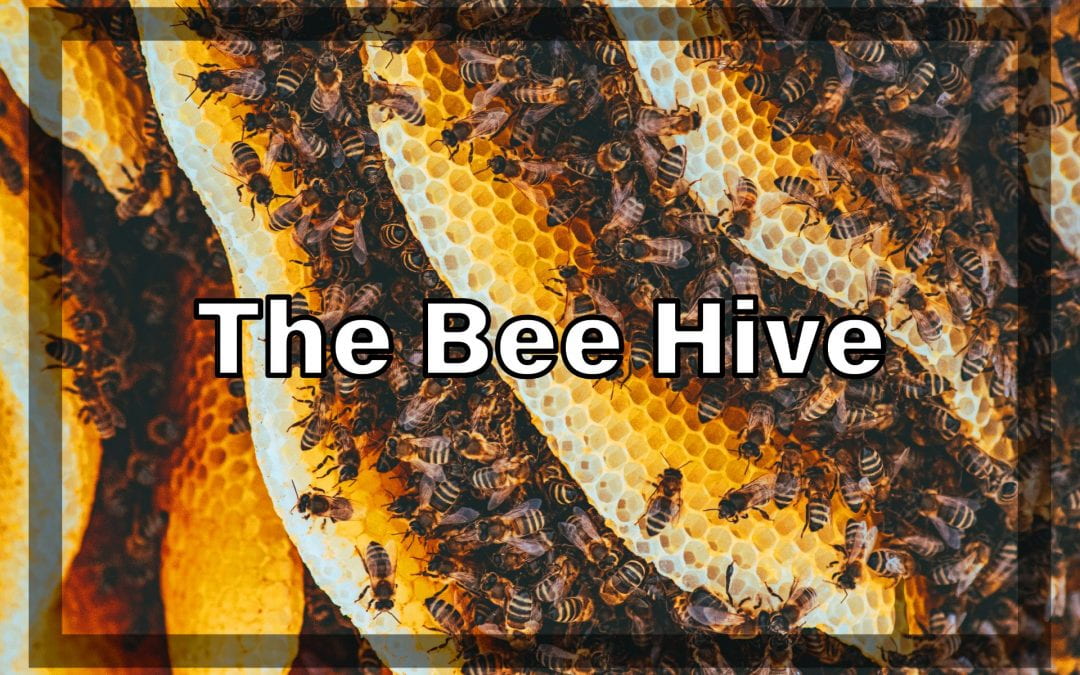Bees.
In the typical hive, there are 3 kinds of bees. The Queen, the drone, and the workers. Then there are larvae, which begin life as eggs laid by the Queen, and in around 14 days, emerge as new worker bees.
Worker bees are responsible for the maintenance and continued existence of the colony. Worker bees secrete the wax that builds the honeycombs. They are also responsible for cleaning, maintaining, guarding the colony, and as well as caring for the larvae. The role shifts depending on the age of the bee. For the first 10 days, the bee cleans the hive and feeds the larvae. After ten days they then build and maintain the honeycombs. On days 16-20, the worker bee goes out and begins to forage for the hive until it burns out and dies. During the foraging phase worker bees do something called a “waggle dance” to communicate to other bees where flowers with pollen and nectar are during this period. Talk about a hectic work life!
A queen is the hive’s fertile female, responsible for laying the eggs that provide the colony with its workers. She is the lifeblood of the hive. She is huge in comparison to the worker bees. And Queens are so valuable that beekeepers mark them with dots because they can be sold to other beekeepers for a premium. A drone is a colony’s male bee. The sole existence for a drone is to mate, after which he will die.
So now when someone asks you about what’s in a beehive, you can tell them this. I have no idea about what kind of conversation you would be having to get to this point, but at least you have learned something, and remember, Bee Aware!
Do you or someone you know keep bees? We want to hear your story! Pace University’s Pace Docs crew is in the process of producing a documentary about Urban Beekeeping, the latest in a series of award-winning environmentally and culturally relevant documentaries from our department. Contact us at paceudocs@gmail.com. And follow us on Instagram, Facebook, Twitter, and Tik Tok for more content!

